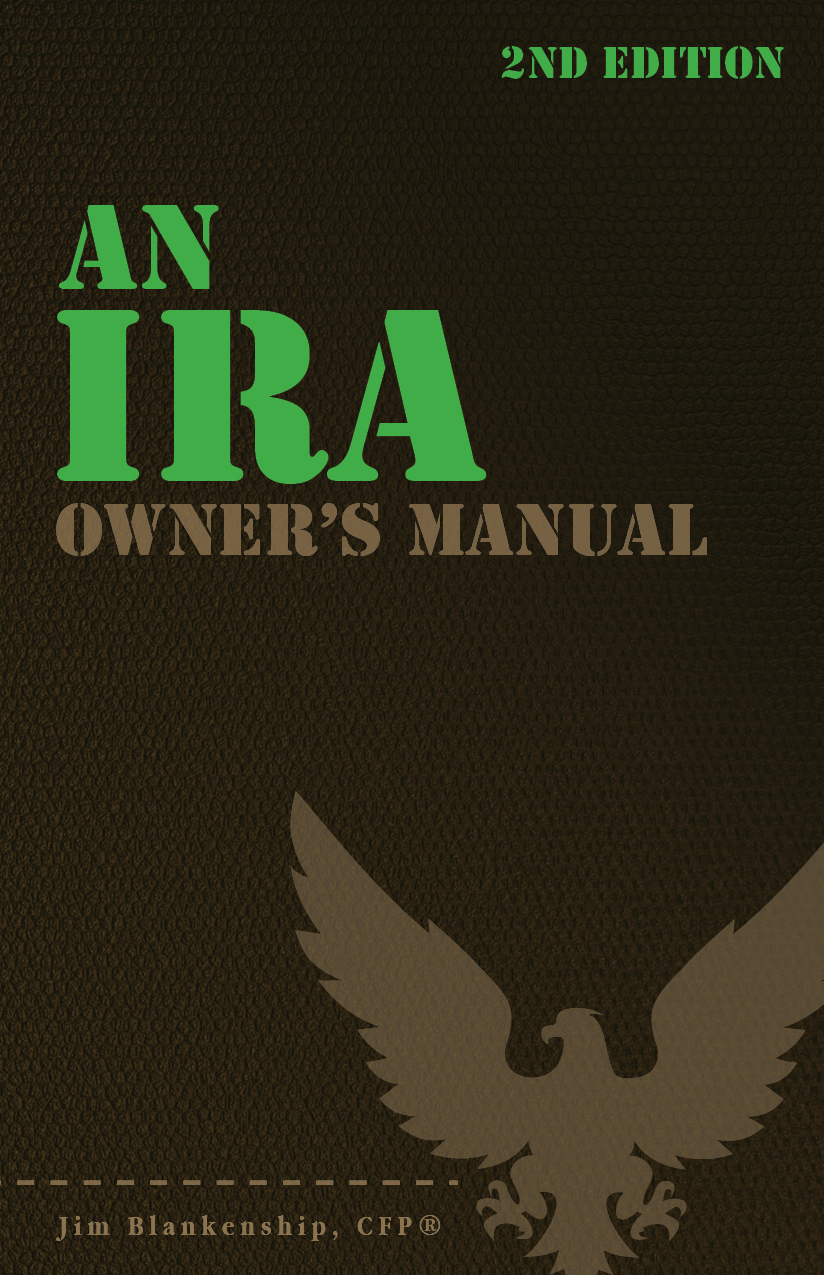
Photo credit: jb
The Required Minimum Distribution method for calculating your Series of Substantially Equal Periodic Payments (under §72(t)(2)(A)(iv)) calculates the specific amount that you must withdraw from your IRA, 401k, or other retirement plan each year, based upon your account balance at the end of the previous year. The balance is then divided by the life expectancy factor from either the Single Life Expectancy table or the Joint Life and Last Survivor Expectancy table, using the age(s) you have reached (or will reach) by the end of the current calendar year. This annual amount will be different each year, since the balance at the end of the previous year will be different, and your age factor will be different as well.
Which table you use is based upon your circumstances. If you are single, or married and your spouse is less than 10 years younger than you, you will use the Single Life Expectancy table. If you are married and your spouse is 10 years or more younger, you may choose to use the Joint Life and Last Survivor Expectancy table.
For more details on the Series of Substantially Equal Periodic Payments (SOSEPP) see Early Withdrawal of an IRA or 401(k) – SOSEPP.


 Sterling Raskie, MSFS, CFP®, ChFC®
Sterling Raskie, MSFS, CFP®, ChFC® The latest in our Owner’s Manual series, A 401(k) Owner’s Manual, was published in January 2020 and is available on
The latest in our Owner’s Manual series, A 401(k) Owner’s Manual, was published in January 2020 and is available on  A Medicare Owner’s Manual, is updated with 2020 facts and figures. This manual is available on
A Medicare Owner’s Manual, is updated with 2020 facts and figures. This manual is available on  Social Security for the Suddenly Single can be found on Amazon at
Social Security for the Suddenly Single can be found on Amazon at  Sterling’s first book, Lose Weight Save Money, can be
Sterling’s first book, Lose Weight Save Money, can be  An IRA Owner’s Manual, 2nd Edition is available for purchase on Amazon. Click the link to choose the
An IRA Owner’s Manual, 2nd Edition is available for purchase on Amazon. Click the link to choose the  Jim’s book – A Social Security Owner’s Manual, is now available on Amazon. Click this link for the
Jim’s book – A Social Security Owner’s Manual, is now available on Amazon. Click this link for the  And if you’ve come here to learn about queuing waterfowl, I apologize for the confusion. You may want to discuss your question with Lester, my loyal watchduck and self-proclaimed “advisor’s advisor”.
And if you’ve come here to learn about queuing waterfowl, I apologize for the confusion. You may want to discuss your question with Lester, my loyal watchduck and self-proclaimed “advisor’s advisor”.